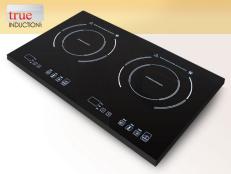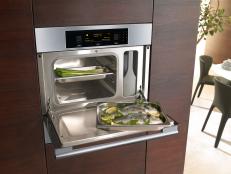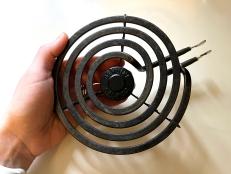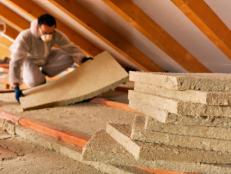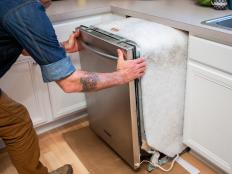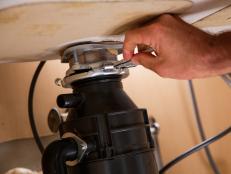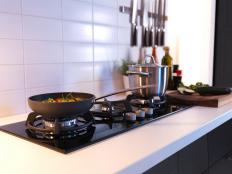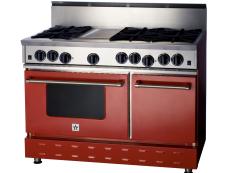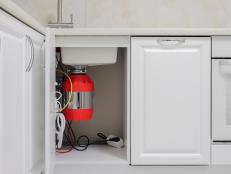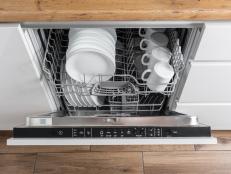The Pros and Cons of Induction Cooktops
Embrace this energy-efficient and increasingly mainstream technology in your kitchen.

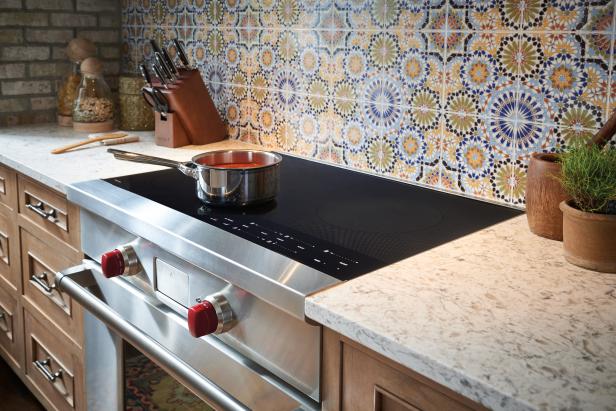
Wolf, Sub-Zero Group, Inc.
Induction cooktops are among the safest technologies for your kitchen, boasting high-end luxury appeal and unmatched energy efficiency. The appliance science used in these products has been perfected and fine-tuned for over 50 years (it might be the first you’re hearing about it, but it’s not new technology). In the last few years, induction has become increasingly mainstream for homeowners who are looking to upgrade an existing electric glass cooktop or are considering energy-efficient alternatives during a larger remodel. With price points that compete head-to-head with gas and electric models, induction now targets homeowners looking for value with reliability. With very few disadvantages to speak of, you might realize easily that it’s the right fit for you.
How Does It Work?
The cooktops contain coils made of a magnetic material. When current passes through the coil, it produces a magnetic field that transfers to the pan above it – and only the pan. The pan and its contents heat up but neither the cooktop nor the air above it becomes hot. When the pan is removed, the energy transfer stops, and the surface is once again cooled to the touch.
Sounds a little bit like voodoo magic, right?
The electric current operating the magnetic coil’s intensity can be finely controlled, allowing a low simmer to be maintained more easily than with gas. And as the current is concentrated and not heating areas surrounding the pan, it heats whatever is in the pan in the most efficient way, with no wasted heat.

Wolf, Sub-Zero Group, Inc.
What Makes This Technology So Great?
The first time I saw an induction cooktop demonstration was an absolute WOW-moment. Three things caught me by surprise:
The chef was cooking a greasy meal and had placed a paper towel across the top of the cooktop between the surface and the pan. The paper towel caught the airborne splatters, and the cooktop was kept clean. The paper towel did not get hot (no fire risk) and did not inhibit the magnetic field required to heat the pan.
She explained to me at that time that she liked using the paper towel for the cleanliness factor, but also pointed out that splattered food doesn’t burn onto the surface, and the cooktop was always easy to wipe clean if it did get dripped or spilled upon. (Why no burned food? Food doesn’t conduct electricity – it’s not magnetic.)

Immediately after the food was cooked and the pan was lifted, the chef demonstrated that the surface was no longer hot, mere seconds after having moved the food off the burner. Gas burners and electric glass cooktops remain hot enough to burn the skin for several minutes after use.
For families with small children, the appeal is greatly about product safety, since there is no heat on the cooking surface, only in the pan.
For homeowners looking for the most energy-efficient products, induction offers an opportunity to reduce energy consumption by 10 to 20 percent over a more conventional type of stove, again since only the pan is heated, according to a study by the American Council for an Energy-Efficient Economy.

Wolf, Sub-Zero Group, Inc.
Lastly, the design of the cooktop – though always a sleek, modern look – has continued to evolve over the last decade with manufacturers offering a variety of cooktop orientations and “burner” cooking zones to suit the cooking style and pan sizes preferred by the user. Induction cooktops are available as standalone products that can be installed in a countertop work surface, paired to co-exist alongside gas elements as an alternative for homeowners who still want the option to cook with gas, and are outfitted into freestanding oven/range units.
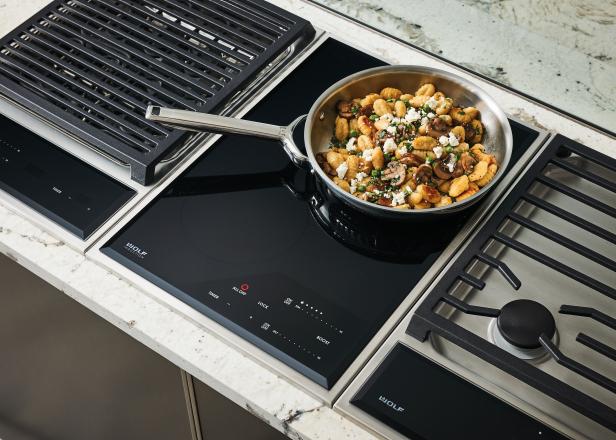
Wolf, Sub-Zero Group, Inc.
Jeff Sweet, Corporate Product Manager at Wolf, adds that with the 2019 introduction of Wolf’s cook anywhere induction cooktop, homeowners will have an even more flexible, usable surface area. “The cooktop will be able to heat up to six pots and pans simultaneously in any position, allowing additional cooking flexibility so the user is not constrained to specific cooking zones or sized pans.”
Are There Any Drawbacks?
For a long time, pricing was an obstacle for homeowners, but as more manufacturers enter the market, price points are competitive with gas and electric. Both high-end and low-end manufacturers have products that incorporate induction, allowing the technology to grow in accessibility and absorb market share.
If you don’t have higher quality cookware that will conduct the electrical current, it’ll be an extra investment. Cookware must be steel, and fully clad stainless steel performs best; cast iron is great, too. You can test your cookware by attaching a magnet to the bottom and sides. Strong connection? You’re good to cook.

Wolf, Sub-Zero Group, Inc.






